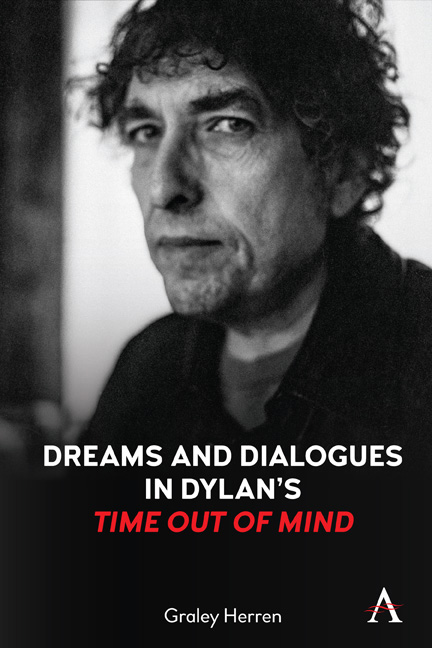Summary
Bob Dylan creates in threes. In the mid-sixties he revolutionized popular music and dismayed folk purists by “going electric” in a trilogy of legendary rock albums: Bringing It All Back Home (1965), Highway 61 Revisited (1965) and Blonde on Blonde (1966). Following his surprising conversion to Christianity in the late-seventies, he astounded most followers and alienated many fans with a trilogy of religious albums: Slow Train Coming (1979), Saved (1980) and Shot of Love (1981). Tired of being ripped off by pirated versions of his studio outtakes, Dylan launched The Bootleg Series in the nineties with a three-disc set of previously unreleased gems spanning the first three decades of his career (1961– 1991). Confounding audiences again in the twenty-first century, he released a series of three albums covering pop standards, from Shadows in the Night (2015) to Fallen Angels (2016) and culminating in the triple-album Triplicate (2017). In his memoir Chronicles, Volume One (2004), Dylan reflects upon a difficult stretch in the eighties when he worried that his playing days were over. He claims to have rejuvenated his guitar work by adopting an unusual technique based upon triplets: “It's a highly controlled system of playing and relates to the notes of a scale, how they combine numerically, how they form melodies out of triplets and are axiomatic to the rhythm and the chord changes. […] I realized that this way of playing would revitalize my world.” He goes on to declare, “I’m not that good at math, but I do know that the universe is formed with mathematical principles whether I understand them or not, and I was going to let that guide me.” According to this theory, Dylan asserts, the number three reigns supreme: “I’m not a numerologist. I don't know why the number 3 is more metaphysically powerful than the number 2, but it is.”
Trusting that threes are a charm when it comes to Dylan, this study of Time Out of Mind (1997) begins with a triptych, a three-paneled display of interconnected and revealing public declarations from the latter part of his career.
- Type
- Chapter
- Information
- Dreams and Dialogues in Dylan's "Time Out of Mind" , pp. 1 - 24Publisher: Anthem PressPrint publication year: 2021



